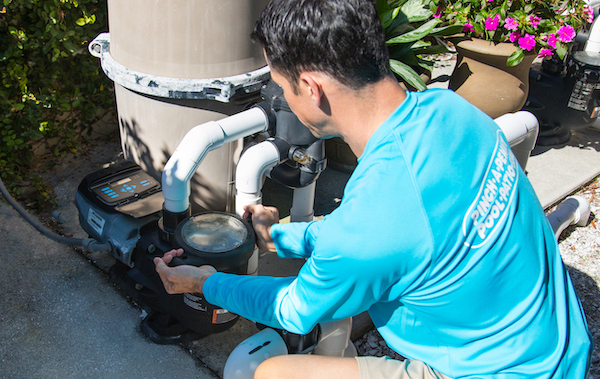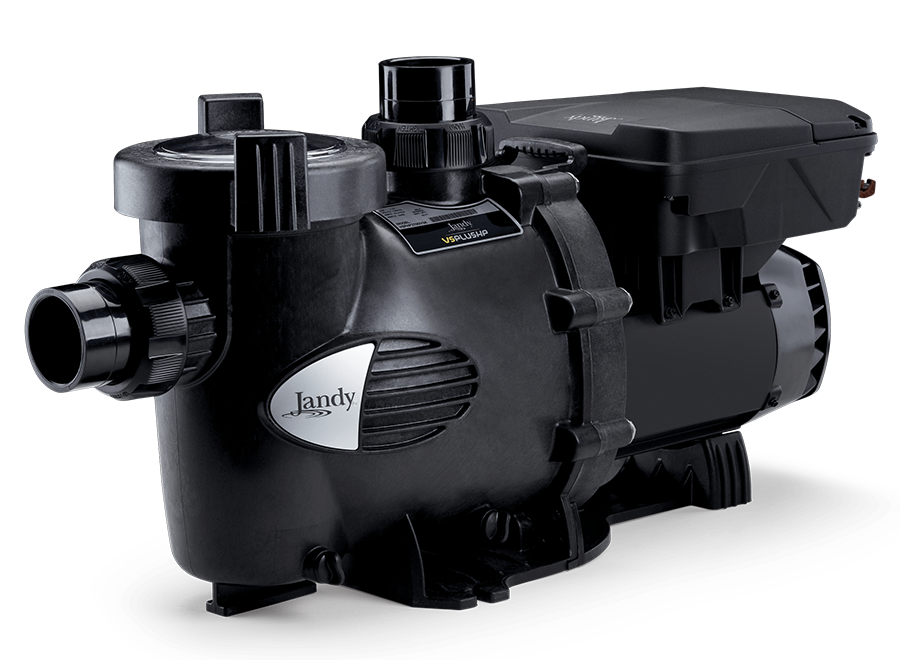
The Department of Energy (DOE) recently announced changes to the minimum standards for performance for pool pumps, as well as the way they are rated. What does this mean for you? Pinch A Penny breaks down the relevant points.
How efficiency is measured
Pool pump efficiency is now be measured using WEF1. This new term, used to compare efficiency, stands for weighted energy factor. Think of how MPG is used in cars. All pumps will be labeled this way. WEF is derived by dividing the flow by the power consumption of the pump.
New pump labels
The DOE is making a shift to total horsepower as a way to classify pool pumps rather than using industry terms like special-rate, max-rate and full-rate. There will also no longer be a distinction between above-ground and inground pool pumps. These changes aim to reduce confusion and make labels easier for the consumer to understand.

Can I still use my single-speed pool pump?
The goal of these changes is to have more energy-efficient variable speed pumps operating in the backyard. These regulations will ensure that all new pumps meet certain efficiency requirements. Smaller single-speed in-ground pumps will still be allowed, but variable speed pumps will become more common as pool owners upgrade.
It’s a great time to upgrade
Variable speed (VS) pumps are quieter, more efficient and save you money. Why wouldn’t you switch? There has never been a better time to upgrade, and your wallet will thank you. Variable speed pumps save you up to 90% in potential energy costs, so they are a smart investment. On average, VS pumps will pay for themselves in 2-3 years or less2!
Use this pool pump calculator to see the potential savings of upgrading to a new variable speed pool pump.
1. https://hayward-pool-assets.com/assets/documents/pools/pdf/hayward-WEF-guide-infographic-02132020.pdf
2. https://pinchapenny.com/pool-life/variable-speed-pool-pumps
Share This Post
